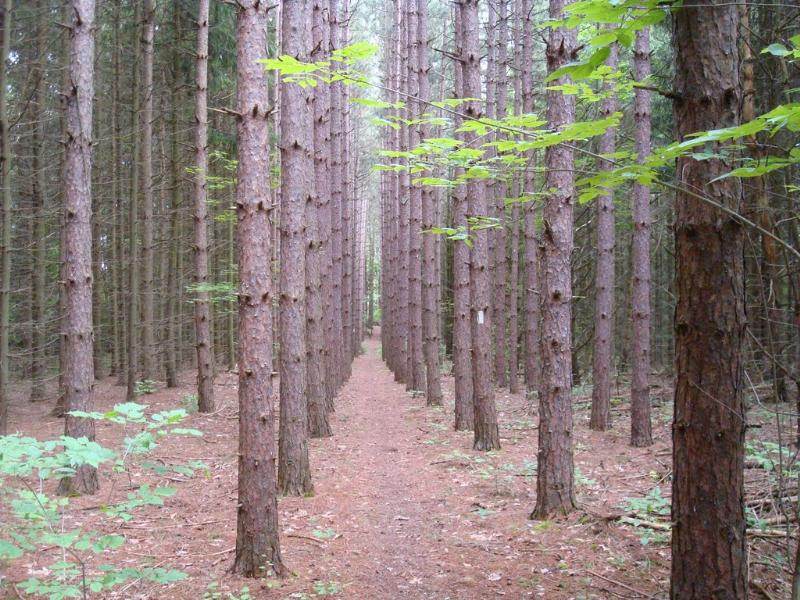
 1
1






 1
1








 1
1




 1
1




I'm in the foothills of the San Pedro Mountains in northern New Mexico--at 7600' with about 15" of precipitation, zone 4b historically--growing vegetables for the local farmer's market, working at season-extension, looking to use more permaculture techniques and join with other people around here to start and grow for farmers markets.
 1
1




Iterations are fine, we don't have to be perfect
My 2nd Location:Florida HardinessZone:10 AHS:10 GDD:8500 Rainfall:2in/mth winter, 8in/mth summer, Soil:Sand pH8 Flat
 2
2




 1
1





 2
2




"Turn your face to the sun and the shadows fall behind you." ~Maori Proverb
www.permi-eden.com




 1
1




It's never too late to start! I retired to homestead on the slopes of Mauna Loa, an active volcano. I relate snippets of my endeavor on my blog : www.kaufarmer.blogspot.com
 1
1




Moderator, Treatment Free Beekeepers group on Facebook.
https://www.facebook.com/groups/treatmentfreebeekeepers/





 1
1




 1
1




Moderator, Treatment Free Beekeepers group on Facebook.
https://www.facebook.com/groups/treatmentfreebeekeepers/





 1
1




Ian Taylor wrote:This is a pretty cool forum, its rare that I post something and get so many well thought out responses, thanks.
Yeah I feel like we are moving along pretty quickly, I'm actually only 22 years old and we have lived here for a year already.
I have seen a couple of Geoff Lawton's videos and I do like his whole system for the food forests, although here in upstate NY there is a much more limited number of perennial edible and good tasting crops than most of the locations he works on. The food forests also seem to take a long while to get established, especially in a climate like this where growth can be slow since for 5 mos a year there is little or no plant growth. I do plan on trying to implement them to some degree though to produce acorns and other nuts. I plan on clear cutting most of our red pine plantation and then trying to establish some nut and a few fruit trees in their place, that's kind of a long term plan though and there really aren't enough trees or perennials native to this zone to provide a huge portion of our diet and most of them wont start producing for many years.
He also seems to do a lot with irrigation planning although I don't think that applies very much here either. We get plenty of rainfall and our soil has excellent water retention, bordering on too well actually. From my experience in this area its rare that anything has to be watered once it gets established or if it does only very little. I guess I will find out but I anticipate the roof runoff from the greenhouse and regular house being stored should meet most of our needs.
And as far as adjusting our diet, that is the plan. One of the biggest reasons I want to do all of this is for health and a having a more balanced/less processed diet. We could potentially just buy all of these same things from a farmers market and trade for fresh food but I prefer to do things myself. I enjoy large scale gardening so i'm not upset if I have to spend 3-4 hours a day working on it, Its not like I have something better do with my time hahah.
As far as preservation I think I might buy a large freezer to stick in our basement year round, its always cool down there so it wont take much to power it. Also ill try and set up a space where the mice wont get at to use as a root cellar.







|
You frighten me terribly. I would like to go home now. Here, take this tiny ad:
Creating your Off-Grid Homestead by Teri Page
https://permies.com/wiki/207444/ebooks/Creating-Grid-Homestead-Teri-Page
|




